Museo Folclórico Nacional y Museo Infantil del Museo Folclórico Nacional (국립민속박물관&국립민속박물관 어린이박물관)
4.9Km 2024-04-18
Samcheong-ro 37, Jongno-gu, Seúl
Bukchon-ri Dullegol (북촌리둘레골)
4.9Km 2021-03-19
44 Insadong 14-gil Jongno-gu Seoul
+82-2-747-9700
A restaurant with Korean traditional house-themed interior design. The representative menu is Korean table d''hote. This is a Korean cuisine located in Insa-dong, Seoul.
Museo de Artesanía de Seúl (SeMoCA) (서울공예박물관)
4.9Km 2025-05-28
Yulgok-ro 3-gil 4, Jongno-gu, Seúl
Isae (이새)
4.9Km 2024-02-21
Insadong-gil 30-1, Jongno-gu, Seúl
Hwangsaengga Kalguksu (황생가칼국수)
4.9Km 2025-05-14
78, Bukchon-ro 5-gil, Jongno-gu, Seoul
Tteul Gwa Dawon (뜰과다원)
4.9Km 2019-11-12
6-4, Insadong 8-gil, Jongno-gu, Seoul
+82-2-734-5310
Tteul Gwa Dawon (literally "yard and tea garden") is an up-scale hanok-style tea
and coffee house where you can enjoy a tranquil garden in the center of Seoul.
The tea and coffee shop offers traditional Korean tea made of 100% natural ingredients, as well as organic coffee. It is equipped with large private rooms which can accomodate a large number of guests, making it the best place to hold seminars or other types of social gatherings.
Tea, rice cakes, and other traditional snacks served here can be a good alternative for when you're in between meals.
Okjeong (옥정)
4.9Km 2021-03-19
18, Insadong, 12-gil, Jongro-gu, Seoul
+82-2-733-5412
A traditional Korean restaurant serving hanjeongsik (Korean table d'hôte) for 30 years now. The representative menu is Korean table d''hote. This is a Korean cuisine located in Insa-dong, Seoul.
Niwa (니와)
4.9Km 2025-05-14
22, Ichon-ro 75-gil, Yongsan-gu, Seoul
Gran Celebración de Jeongwol Daeboreum (정월대보름 한마당)
4.9Km 2025-02-05
Samcheong-ro 37, Jongno-gu, Seúl
02-3704-3106
El Museo Folclórico Nacional de Corea celebra la festividad de la luna llena, conocida como Jeongwol Daeboreum. Se realizan muchos eventos tradicionales para desear buena suerte en el nuevo año.
Gaeseong Mandu Koong (개성만두 궁)
4.9Km 2021-03-24
11-3, Insadong 10-gil, Jongno-gu, Seoul
+82-2-733-9240
Gaeseong Mandu Koong has served Gaeseong-style mandu (dumplings) for more than 30 years. The elderly proprietor, who fled south during the Korean War runs this restaurant with the help of her granddaughters. Characterized by its delicate taste, Gaeseong mandu stuffing consists of pork and various vegetables such as Chinese cabbage and pumpkin. This restaurant's mandu is so popular that it sometimes gets sold out even before evening. Typical menu includes mandu-jeongol (hot pot) and mandu-guk (soup). The hot pot is made of various ingredients including mandu, rice cakes, mushrooms, and meat, and serves two to three persons. For several persons, it's recommended to eat bossam (boiled meat slices wrapped in lettuce leaves or kimchi) and Korean-style pancakes.

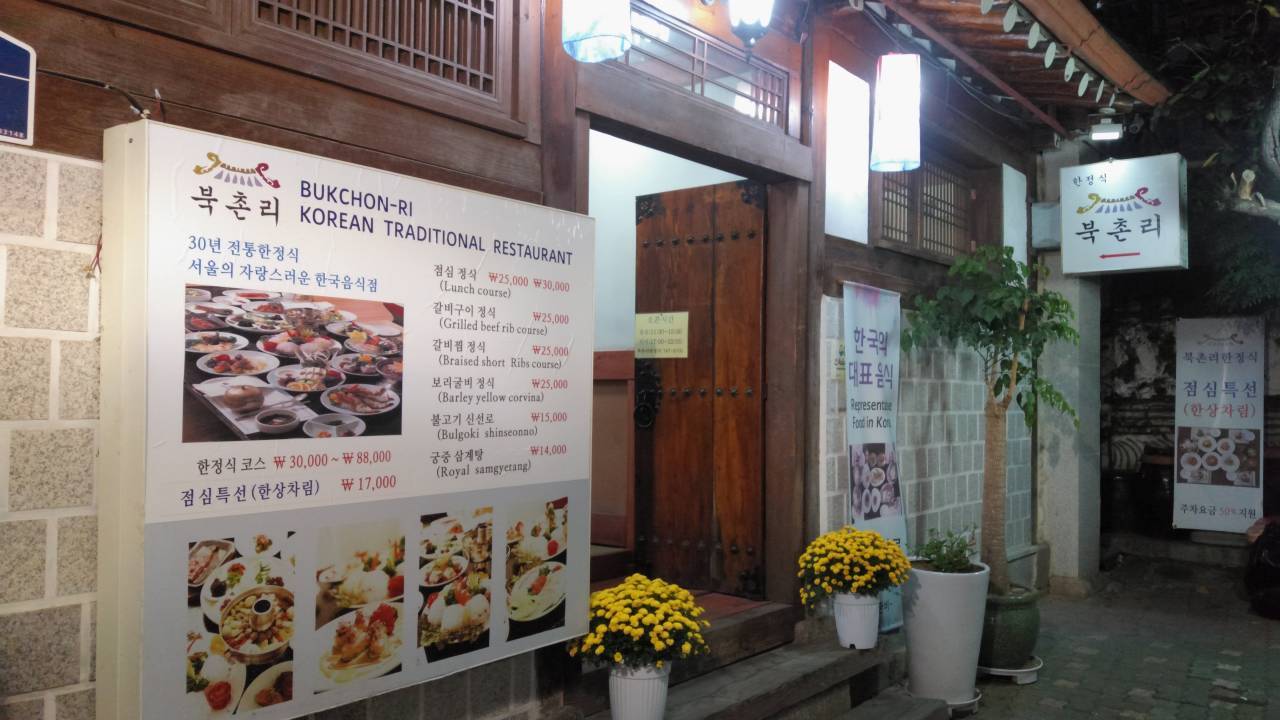
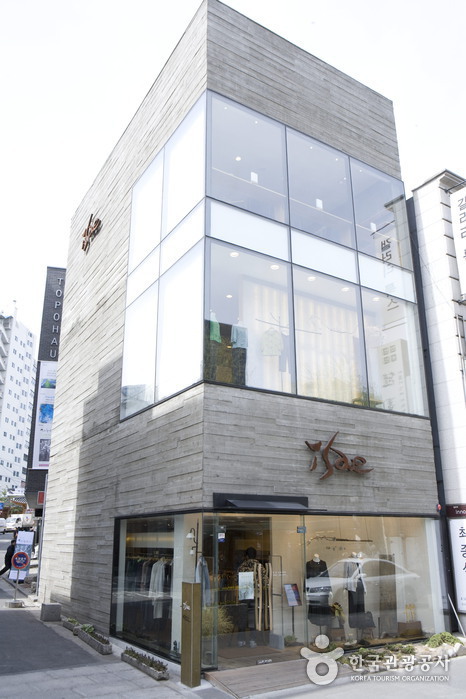
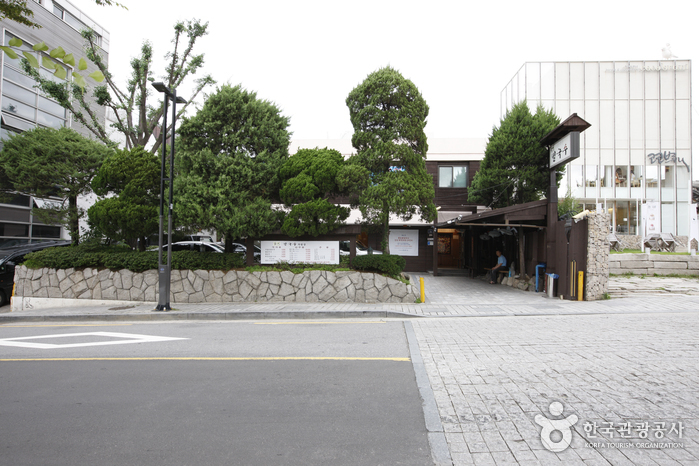
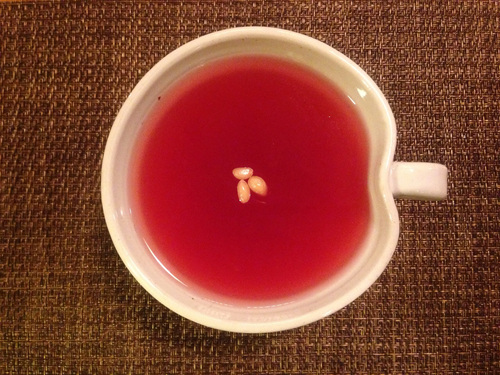
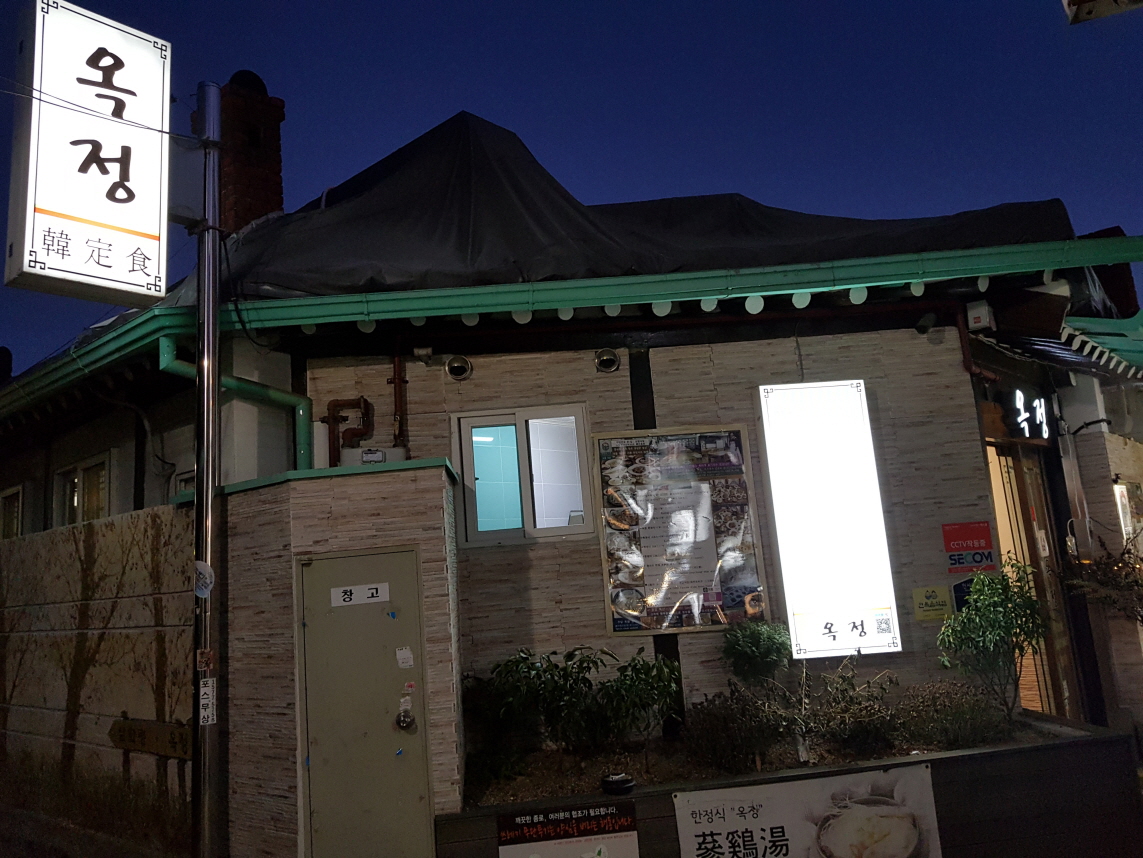

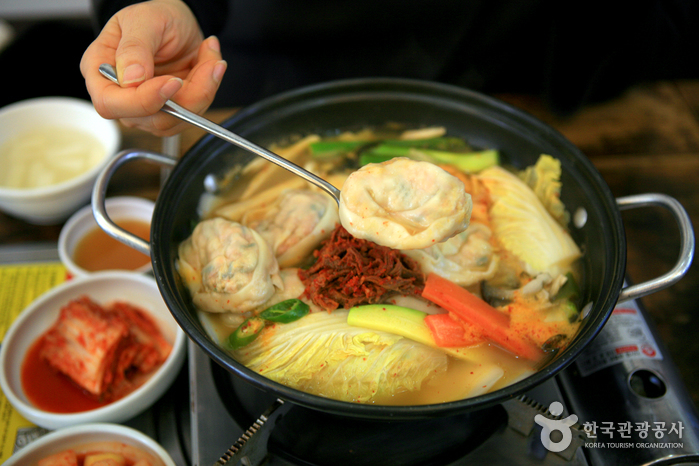
 Español
Español
 한국어
한국어 English
English 日本語
日本語 中文(简体)
中文(简体) Deutsch
Deutsch Français
Français Русский
Русский